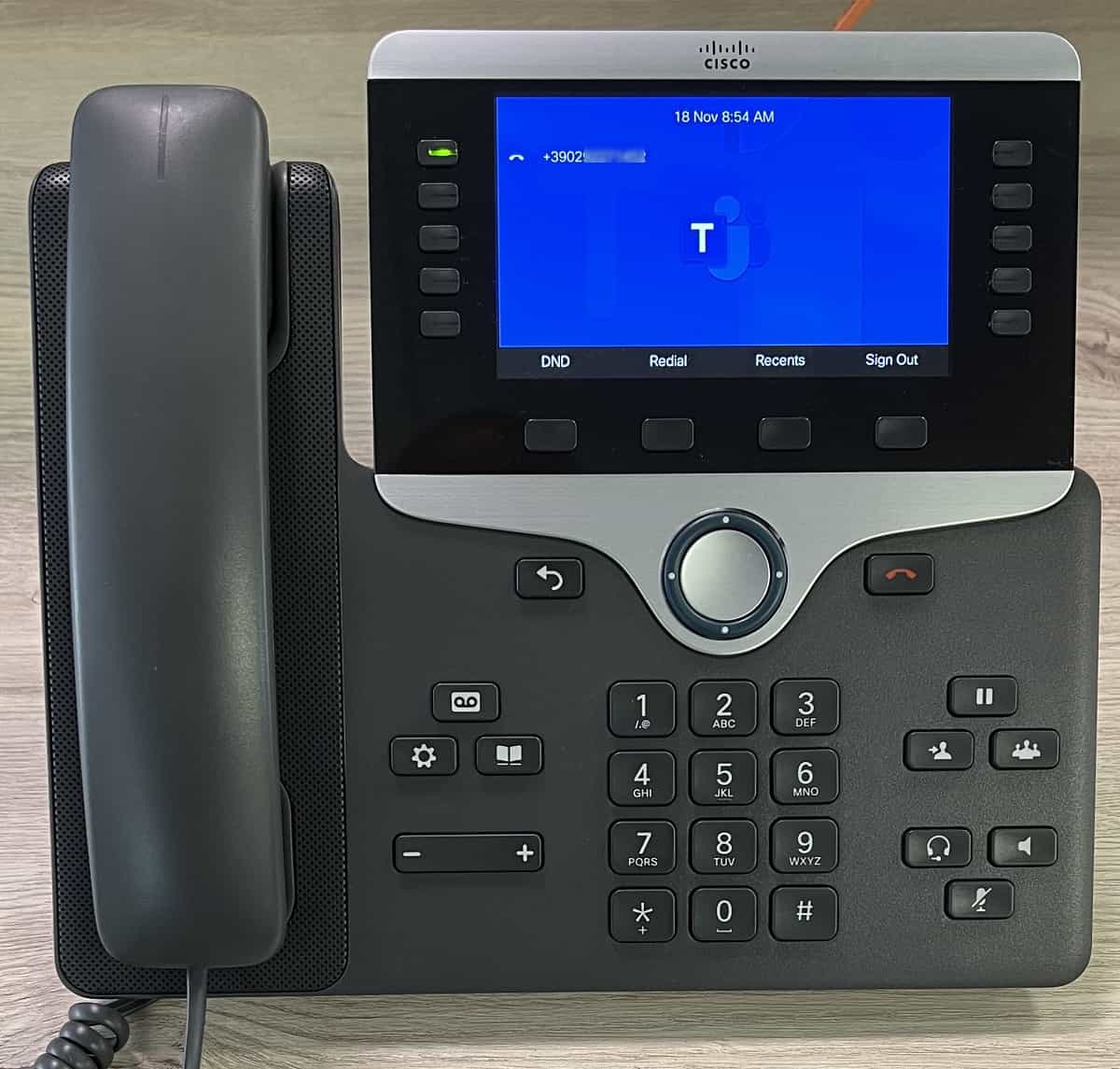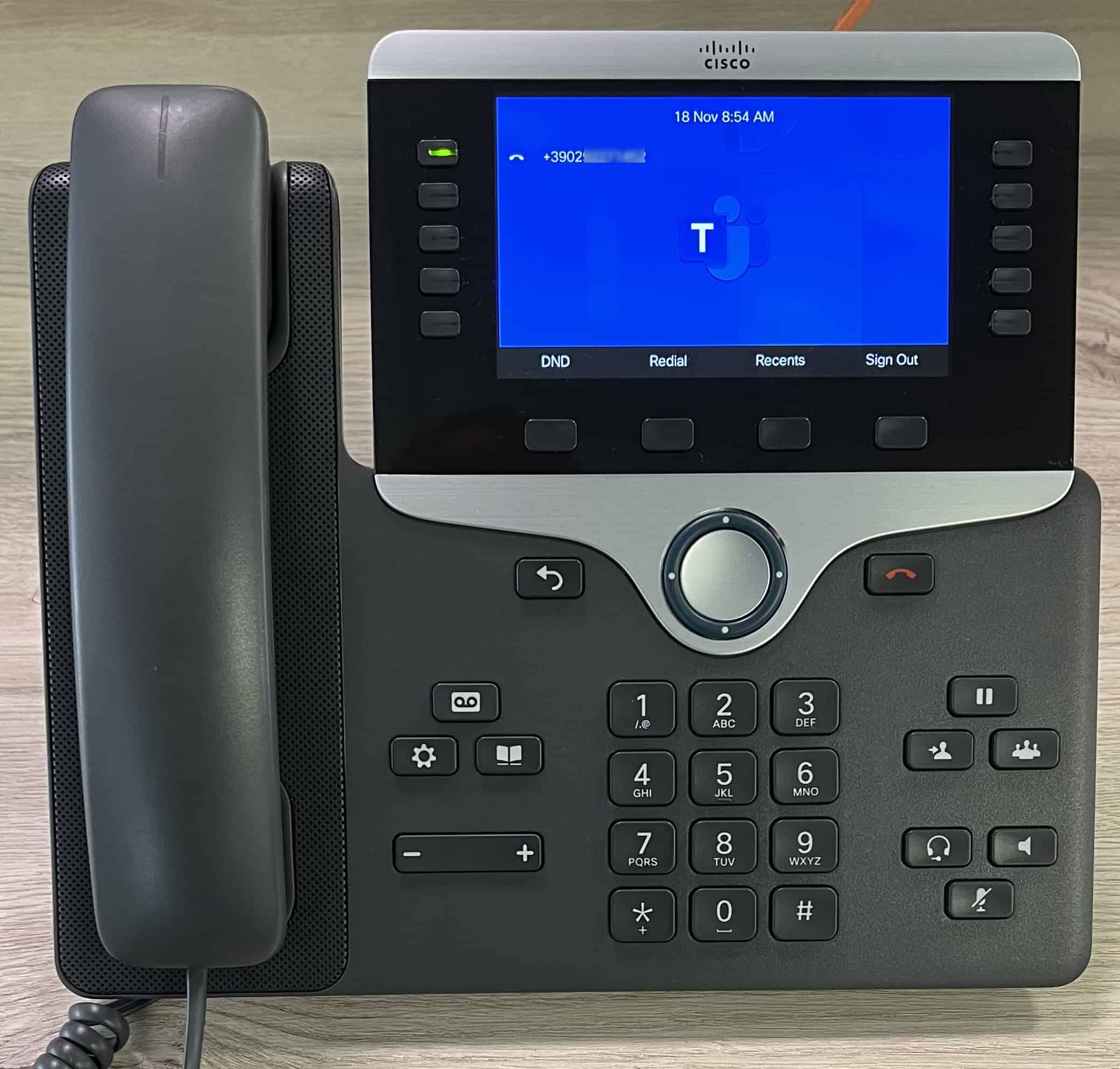Microsoft Teams SIP Gateway feature now generally available for free
2 min. read
Updated on
Read our disclosure page to find out how can you help MSPoweruser sustain the editorial team Read more

In September Microsoft announced the public preview of their SIP Gateway solution for Microsoft Teams.
The feature enables the use of existing compatible 3rd party SIP phones hardware for Microsoft Teams calls.
SIP Gateway enables Teams core calling functionality on select Cisco, Poly, Yealink and AudioCodes SIP phones such as making and receiving calls with hold/resume and transfers, dialing in to or out from meetings, integration with Teams routing policies, management in the Teams Admin Center and more.
The feature is intended to help customers leverage their existing telephony hardware as they move to Teams Phone.
Microsoft has now announced that the feature is generally available and supports the following handsets:
Cisco IP Phones with MPP firmware (6821, 7800 series, 8800 series), Polycom SIP phones (VVX series 100, 200, 300, 400, 500, 600 etc.), Yealink (T20 series, T30 series, T40 series, T50 series), AudioCodes 400 HD series.
Currently, SIP Gateway supports the following core Teams calling functionality:
- Inbound and outbound calls
- Call transfer
- Meeting dial-in and dial-out
- Device-based “do not disturb”
- Voicemail with message waiting indicator
There is no additional cost for organizations to use SIP Gateway, and any users meeting the following requirements can use SIP Gateway, if they meet the following conditions:
- Users must be licensed for Teams Phone (via any Office 365 E5, Microsoft 365 license that includes Teams Phone, or as a standalone license)
- PSTN enablement (i.e., phone number assigned) via a Microsoft Teams Calling Plan, Direct Routing, or Operator Connect
- Common area devices require a Common Area Phone license
Admins need to follow the steps below to enable and manage SIP Gateway:
- Turn on SIP devices can be used for calls calling policy in Teams admin center and go to SIP devices under Teams devices to manage your SIP phones connected to Teams
- Reset devices to factory settings and point them to SIP Gateway provisioning server
- Ensure that your firewall is open to traffic from Microsoft 365 and Teams
- Ensure that SIP devices are not behind a proxy
- Open UDP ports 49152 to 53247, and TCP port 5061 for IP range 52.112.0.0/14 to 52.120.0.0/14
- Onboarded SIP devices are visible in Teams admin center SIP devices tab after first sign-in
Learn more about planning for and configuring SIP Gateway in your organization.
via onMSFT









User forum
0 messages